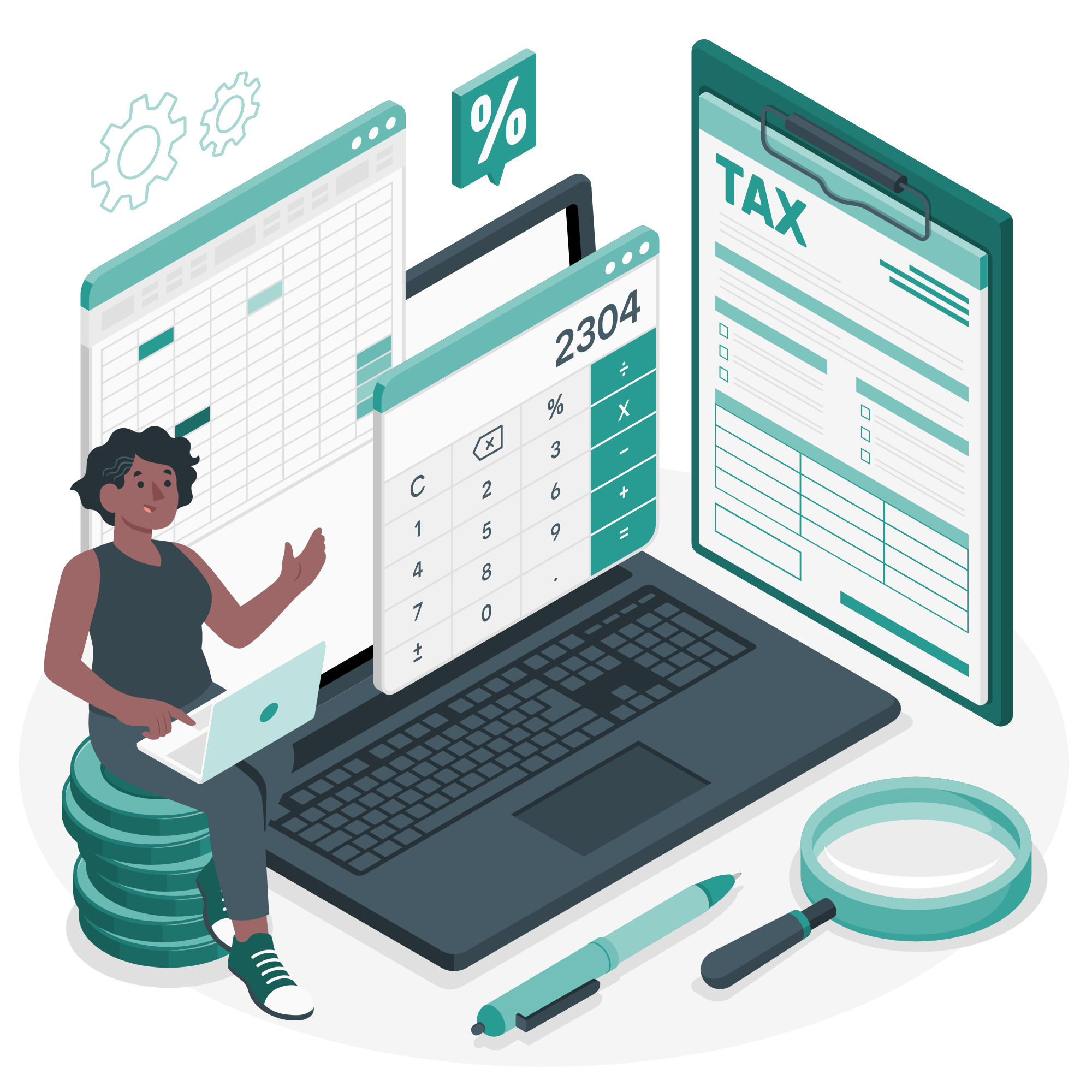
Does a College Degree Help You Earn More Money?
Is a college degree worth the cost? A February 2024 analysis of job projections and earnings reveal important insights on this quetion.

Student Loans and Taxes
It’s tax season, and if you have student loans, you probably have questions. Here are some resources with answers to common questions.
